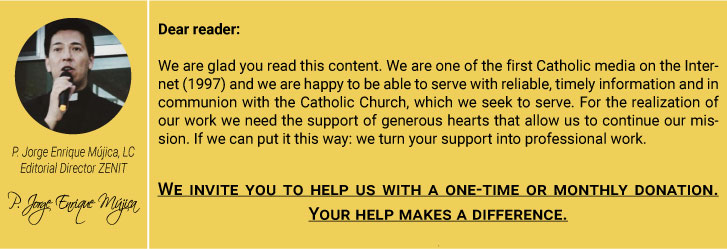On the Via Caio Cestio, between the Testaccio quarter and the Egyptian pyramid, the branches of the cypresses shaken by the wind capture the attention of passers-by. Their movement seems to point to the inscription “Resurrecturis,” which surmounts a large and massive entrance.
When passing through it, one is led to what seems today to be a “romantic oasis in the Baroque and classical city, a rural cemetery in miniature.” It is, in fact, the way the French historian and philosopher, Philippe Aries, described Rome’s non-Catholic Cemetery, known also as the English or Protestant Cemetery or, more recently, the cemetery of artists and poets.
Its history is deeply rooted in a time in which spiritual and temporal power came together in Rome, roots that link the Eternal City to the Glorious Revolution, which took place in England and Scotland in the 17th century. In fact, the issues of that conflict, centered on the English throne, represented for the papacy an intricate dilemma – namely, how to behave with those men who, faithful to the dethroned Catholic Stuart King James II, were, however, of the Protestant Confession. What type of burial should be reserved for these heretics, exiled from London and often refugees in Catholic countries?
Clement XI was able to give the answer in 1716, when one of them, a Doctor Arthur, a Protestant physician from Edinburgh, died while he was at Rome. So the Pope, questioned by the Doctor’s friends who wanted him to have a Christian burial, put at their disposition an unused terrain located in the southern border of the city, close to the Mura Aureliane. It was from that gesture of hospitality, worthy of Rome’s tradition, that the history of the non-Catholic cemetery began.
In the first years, the foreigners who were buried there were exclusively Protestant, often young students who died during their usual cultural journey in Italy. However, over time, the present English Director, Amanda Thursfield, explained to ZENIT that “as the population of the city of Rome changed, persons of different nationalities and religions were buried there.” It’s enough to take a little tour to see this: one’s gaze is captured by the variety of crosses (sometimes Celtic) and Byzantine icons, plaques with no religious references, and others with symbols of various natures, Massonic or simply “secular.”
Winding throughout this course between tombs and flowers is a red thread of “beautiful and moving stories,” often well known, as those of the English Romantic poets John Keats and Percy Shelley, or the Italians Antonio Gramsci and Carlo Emilio Gadda. We asked the kind director to tell us something about the less well known, and she was delighted to do so. “For instance, the story of Rosa Bathurst, a young English girl who drowned in the Tiber after falling off a horse. And then that of Maria Cernysceva, a noble Russian woman who left her home on Via Palestro in inheritance to the Russian Orthodox Church, who died in 1919 and is buried with her always faithful servant.”
Although it is considered above all an historical site, burials are still taking place in the cemetery. “Between 18 and 20 a year,” Mrs. Thursfield explained. “To be granted a concession, the deceased must be of foreign nationality, a resident in Italy and a non-Catholic,” she continued. Among the close to 4,000 present, there are, however, some Italian tombs, as it is a rule of the cemetery that first-degree relatives of the deceased can be buried next to him or her. Thus it is that “many Italian Catholics, in so far as married to foreigners of various Confessions, are buried here,” she explained.
We then asked if she would reveal to us the relation that exists between this place and the city that hosts it, cradle of Catholicism. Well, Mrs. Thursfield did not hold back in criticizing “certain journalists” who contributed to depicting an image of papal authority averse to the non-Catholic cemetery. “A book on the history of this place, which will come out in 2014, confirms and documents that it exists thanks to the approval of the Catholic Church, “she stressed.
Like the Church, the citizenry of Rome has always honored this cemetery with respect, in addition to crediting it with great cultural interest. This is demonstrated by many Romans — “above all, but not only, those of Testaccio” – who choose to visit it, to appreciate this “green and flowering garden in the midst of the traffic of an area that today is almost at the center of the city.
The Catholic Church soon commemorates the Feast of All Souls. And non-Catholics are not an exception. The director knows this well. “We are prepared with staff, gardeners and volunteers for a great affluence of grantees and visitors.”




